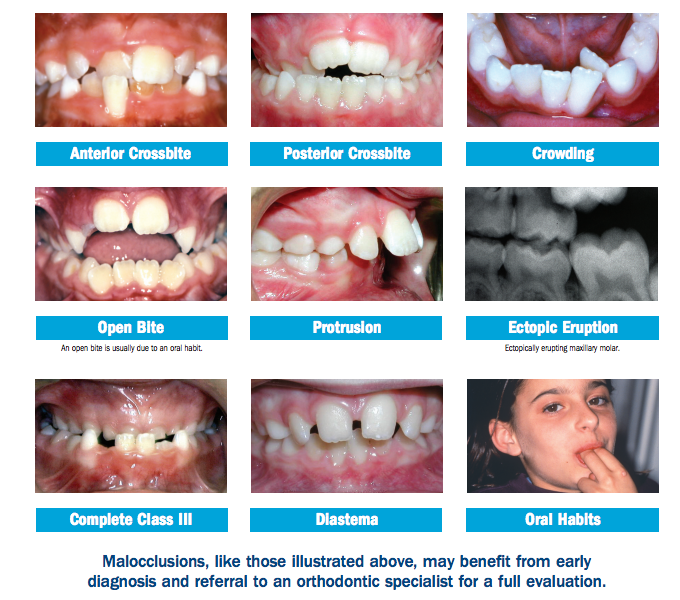The Best Guide To Causey Orthodontics
Table of ContentsAll about Causey OrthodonticsEverything about Causey OrthodonticsCausey Orthodontics Can Be Fun For AnyoneNot known Factual Statements About Causey Orthodontics The 10-Minute Rule for Causey Orthodontics
Neglecting occlusal connections, it was common to remove teeth for a range of dental problems, such as malalignment or overcrowding. The idea of an undamaged dentition was not widely appreciated in those days, making bite connections appear irrelevant. In the late 1800s, the idea of occlusion was important for creating reputable prosthetic substitute teeth.As these concepts of prosthetic occlusion progressed, it ended up being an important device for dental care. It was in 1890 that the work and effect of Dr. Edwards H. Angle started to be felt, with his contribution to modern orthodontics especially noteworthy. At first concentrated on prosthodontics, he educated in Pennsylvania and Minnesota before directing his attention in the direction of oral occlusion and the treatments required to preserve it as a regular condition, hence coming to be called the "father of modern orthodontics".

The principle of optimal occlusion, as proposed by Angle and incorporated into a category system, enabled a shift in the direction of treating malocclusion, which is any kind of variance from normal occlusion. Having a complete collection of teeth on both arches was highly demanded in orthodontic treatment because of the demand for precise relationships between them.
Causey Orthodontics Things To Know Before You Get This
As occlusion came to be the crucial priority, facial proportions and aesthetic appeals were overlooked - orthodontist services. To achieve excellent occlusals without utilizing external forces, Angle postulated that having best occlusion was the very best method to obtain maximum face aesthetic appeals. With the death of time, it came to be fairly evident that even a phenomenal occlusion was not ideal when thought about from an aesthetic perspective
It ended up being obvious that orthodontic treatment might adjust mandibular advancement, causing the development of practical jaw orthopedics in Europe and extraoral force actions in the United States. Nowadays, both practical appliances and extraoral devices are applied around the world with the objective of changing development patterns and kinds. Seeking true, or at least boosted, jaw relationships had come to be the primary purpose of treatment by the mid-20th century.
Getting My Causey Orthodontics To Work
 The American Journal of Orthodontics was created for this function in 1915; before it, there were no clinical objectives to follow, nor any accurate classification system and braces that did not have attributes. Till the mid-1970s, braces were made by covering steel around each tooth. With improvements in adhesives, it ended up being possible to rather bond steel brackets to the teeth.
The American Journal of Orthodontics was created for this function in 1915; before it, there were no clinical objectives to follow, nor any accurate classification system and braces that did not have attributes. Till the mid-1970s, braces were made by covering steel around each tooth. With improvements in adhesives, it ended up being possible to rather bond steel brackets to the teeth.This has actually had purposeful results on orthodontic treatments that are administered on a regular basis, and these are: 1. Correct interarchal relationships 2. Correct crown angulation (tip) 3.
The benefit of the design depends on its bracket and archwire mix, which needs just minimal wire bending from the orthodontist or medical professional (best orthodontist). It's appropriately named hereafter attribute: the angle of the slot and density of the brace base inevitably identify where each tooth is located with little requirement for additional manipulation
Some Known Facts About Causey Orthodontics.
Both of these systems utilized similar braces for each tooth and required the flexing of an archwire in 3 planes for finding teeth in their preferred placements, with these bends determining ultimate placements. When it concerns orthodontic appliances, they are divided into two types: detachable and taken care of. Removable devices can be taken on and off by the client as called for.

Hence, nearly all modern set devices can be considered variations on this edgewise device system. Early 20th-century orthodontist Edward Angle made a significant contribution to the globe of dental care. He created 4 unique device systems that have been made use of as the basis for several orthodontic treatments today, preventing a couple of exemptions.
Causey Orthodontics Fundamentals Explained

The cable ended in a string, and to relocate ahead, a flexible nut was made use of, which allowed for a rise in circumference. By ligation, each individual tooth was affixed to this large archwire (best orthodontist). As a result of its minimal range of activity, Angle was not able to accomplish exact tooth placing with an E-arch
These tubes held a soldered pin, which might be rearranged at each appointment in order to relocate them in place. Called the "bone-growing home appliance", this contraption was supposed to urge healthier bone development because of its capacity for moving force straight to the roots. Implementing it proved frustrating in reality.